The majority of us associate cashmere with being nice and soft. It is, by definition, the luxurious undercoat wool of Kashmiri (or cashmere) goats. So why do some cashmere sweaters cost $50 while others cost $500? The short explanation is that not all cashmere is made equal, yet normal consumers may find it difficult to identify sub-mar material. For this reason, we asked stylists for their best tips on how to purchase cashmere. Continue reading to find out why a clothes label can only go so far and what unexpectedly isn’t a deal breaker.
Table of Contents
7 Secrets About Buying Cashmere, According to Stylists
1. Verify the Label
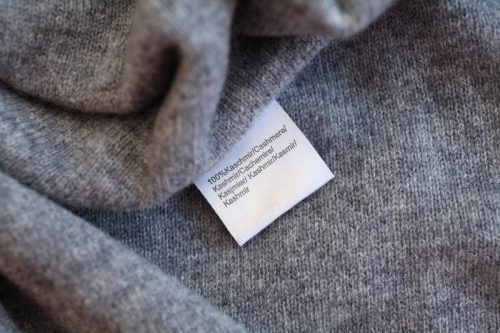
Everybody has been there. A table brimming with inexpensive “cashmere” sweaters greets you as you enter the store. Look closely at the tag, though, before you dash to the register.
According to personal style consultant and coach Holly Chayes, “cashmere is often mixed with other fibers in clothing and accessories.” “Look at the tag inside a piece of clothing or the materials section of an online listing—this should tell you what fibers are included and have percentages for each type of fiber.” An item marked “100% cashmere” will state that alone, excluding any additional fiber percentages.
However, the material comes in three classes, a classification system that determines softness, even if something is all cashmere.
“While still eight times warmer than wool, Grade A is the best quality and lightest weight available. Elizabeth Kosich, personal stylist at Elizabeth Kosich Styling, explains that Grade C is the thickest, coarsest, and frequently not regarded as pure, whereas Grade B is thicker and less fine. Though some brands will mention it, notably if it’s an A, the gradings are normally exclusively used by the trade.
Furthermore, the goats’ location may have an impact on the quality. The creator of the apparel and accessory company State Cashmere, Hao Rong, claims that “Inner Mongolia is one of the best origins.”
2. Inspect the Affixing Method
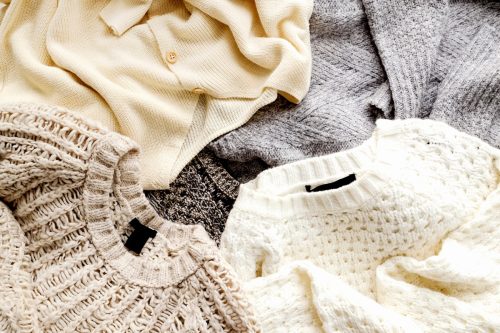
Are you trying to find out if something is truly made entirely of cashmere? Consider the label’s attachment method in addition to its content on the clothing.
“If any tags and labels are glued onto the product, the cashmere is not real,” says Rong. “Genuine cashmere pieces will have tags sewn in because the glue cannot stay on real cashmere for long.”
3. Conduct Quality Tests
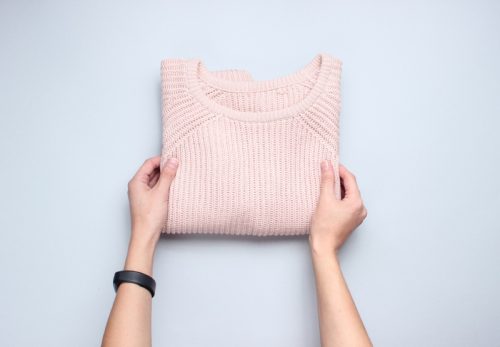
According to Naadam, a Mongolian cashmere brand, cashmere fibers are remarkably fine, six times thinner than human hair, and possess a unique hollow structure. This characteristic contributes to their exceptional softness and lightweight feel. However, the hollow nature of cashmere fibers makes them susceptible to blending with other materials, compromising their durability.
To discern Grade A cashmere, Sissy Aerenson advises holding the garment up to light to evaluate the consistency of the knitting. Additionally, Hao Rong suggests conducting a stretch test by gently stretching a portion of the garment and observing how quickly it returns to its original shape. Pure cashmere will promptly bounce back, while lower-grade cashmere may remain stretched or become misshapen.
4. Consider Seam Construction
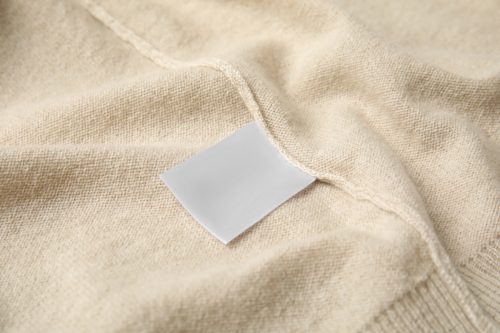
Kosich highlights that creating a seamless sweater involves significant costs. For those prioritizing budget without compromising quality, opting for sweaters with side seams is a viable option. While these seams may be less conspicuous, they don’t necessarily diminish the overall quality.
However, it’s important to pay attention to the gauge, or tightness, of the seams. According to Kosich, finer quality and higher-grade cashmere are associated with smaller gauges. Therefore, if the stitch details are challenging to distinguish, it indicates superior quality.
5. Understand Pilling
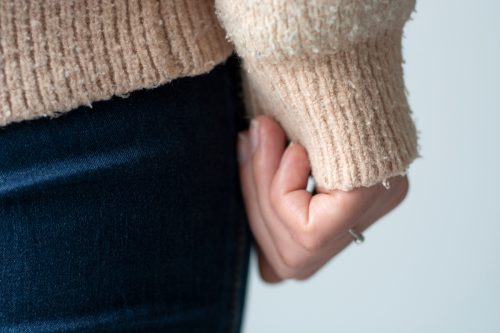
Aerenson points out that cashmere of lower grade tends to be more susceptible to pilling. She suggests that while shopping in-store, one can identify high-quality cashmere by its cozy, lightweight feel and minimal visible fluff from the fibers due to the woven texture of longer hairs.
However, even the finest cashmere may experience pilling after extended wear. In such instances, Kosich warns against using electric pill removers or razor blades, as they can quickly damage sweaters. Instead, she recommends utilizing a handheld pill tool or a fine-tooth comb for gentle removal.
6. Recognize the Value
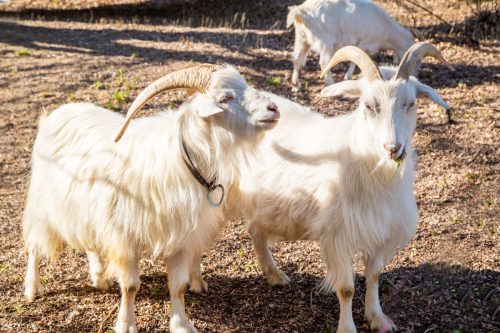
State Cashmere outlines on their website that it requires four to five cashmere goats to produce a single sweater. They emphasize the labor-intensive process of combing and gathering the undercoat, which must be separated from the outer layer by hand, further noting that cashmere is harvested only once a year.
Furthermore, there is a limited number of cashmere-producing goats globally. Lands End points out that cashmere is scarce compared to wool, with over two million tons of sheep wool produced annually, whereas less than seven tons of cashmere are produced in the same timeframe.
7. Practice Proper Care

Ensuring the longevity of your cashmere investment extends beyond the point of purchase.
To begin, proper storage is crucial. Kosich emphasizes the importance of storing cashmere in a dry area with adequate airflow, cautioning against plastic bags and cardboard boxes due to their moisture-trapping properties, which can lead to fiber degradation over time.
Additionally, adhere strictly to the care instructions provided for dry cleaning. Lands End generally recommends dry cleaning twice a year, once in the middle and again at the end of the season.
After each wear, Lands End suggests placing the garment in a plastic bag and placing it in the freezer to eliminate odor and bacteria. Upon removal from the freezer, hang the item, apply a spritz of cashmere spray containing cedar oil for a refreshing scent, and allow it to steam out in the bathroom during a shower.






